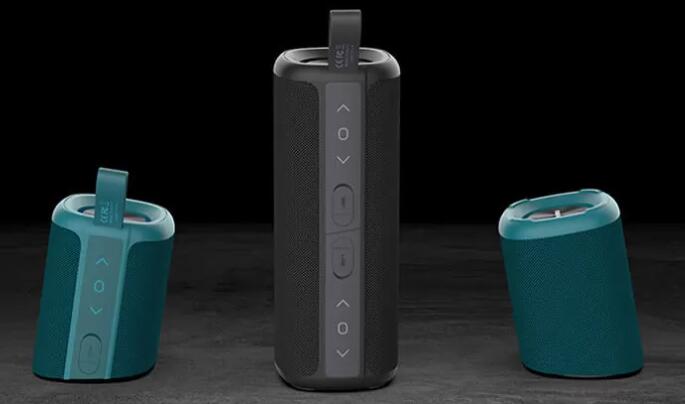Your speaker enclosure, it turns out, is pretty critical. You see, with all the shaking your drivers do, if you have a rather flimsy speaker encasement, then it's either going to make a lot of noise, fall apart, or both. Your enclosure should be able to handle the vibrations with ease and should add little sound interference to the sound emanating from the drivers.

● Sealed (also known as acoustic suspension)enclosures
● Ported (also known as bass reflex)enclosures
A sealed enclosure is what it sounds like; it's an airtight case. As your driver moves back and forth, the air pressure in the speaker is constantly changing. This puts extra pressure from behind on the diaphragm as it moves in and out, and that takes extra power to overcome. On the positive side, however, that extra pressure makes the cone snap back and forth faster and with more precision, giving you a more crisp and accurate sound.
A more efficient speaker design is the ported or bass reflex enclosure. In the front of these enclosures is a hole (port) that equalizes pressure between the inside and outside of the speaker. When the diaphragm moves back into the speaker, it increases the internal pressure, which is funneled out through the front port of the speaker. This augments the sound waves traveling from the speaker, and increases the efficiency tremendously. The downside is that, from a reproductive sound perspective, you may get less accurate results from bass reflex enclosure. That's because they don't have the benefit of the extra pressure influencing the reverberating diaphragm. So the speaker sound might reproduce bass notes less precisely — substituting a louder boominess for a more realistic reproduction of the low notes that doesn't have as much house-shaking "oomph."
Bass reflex enclosures can dramatically decrease your power requirements because they increase the bass output of a speaker by around 3 dB compared to a sealed enclosure. To match a 3 dB output boost through amplification, the power applied to the speaker needs to be doubled. So if a bass reflex enclosure speaker were powered with a 150 watt amplifier, a sealed enclosure speaker would require a 300 watt amplifier to produce the same output.
In the end, you can be happy with either sealed or bass reflex designs. Just keep in mind that these units handle bass differently and that good design and construction can minimize these effects.